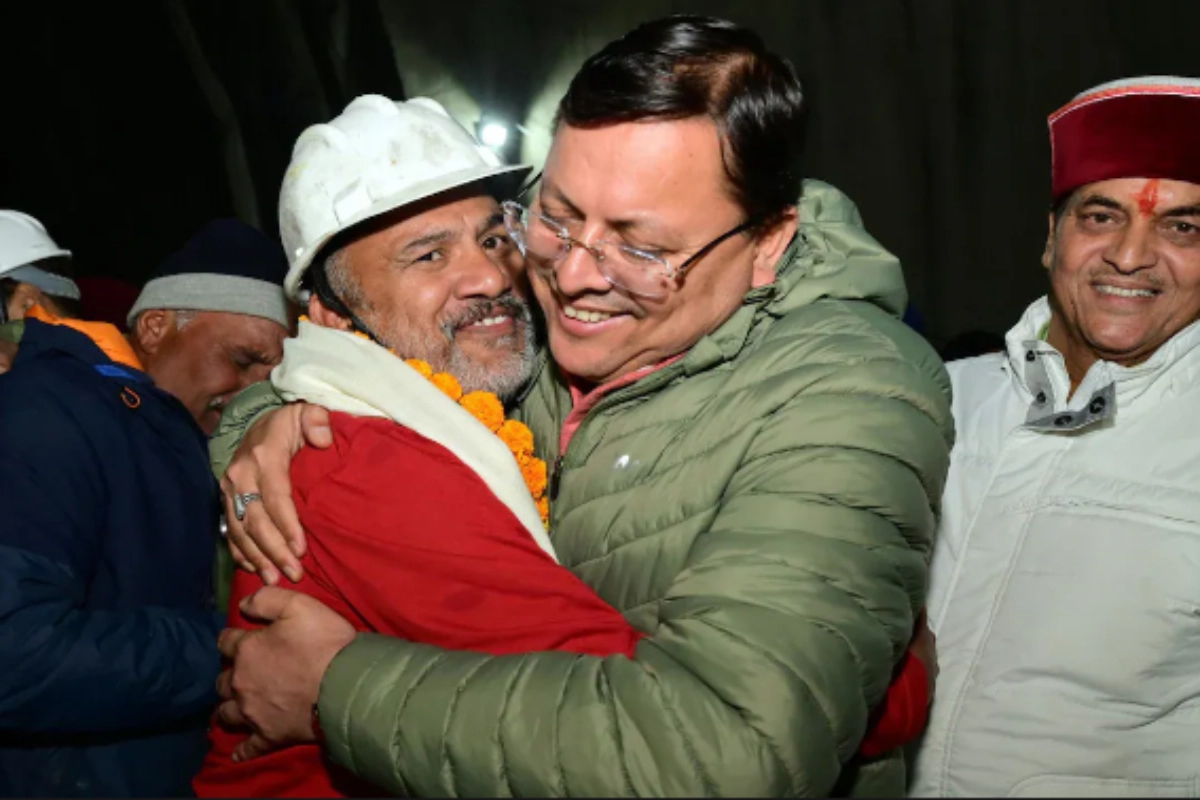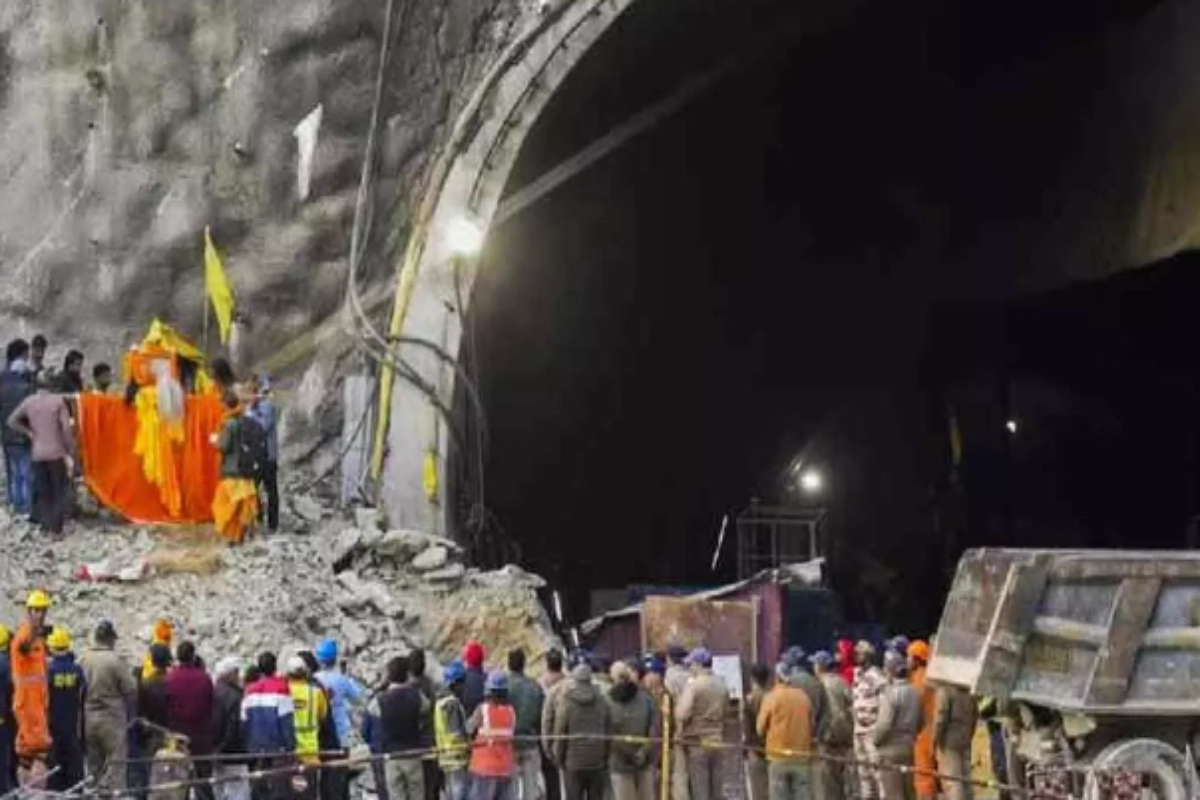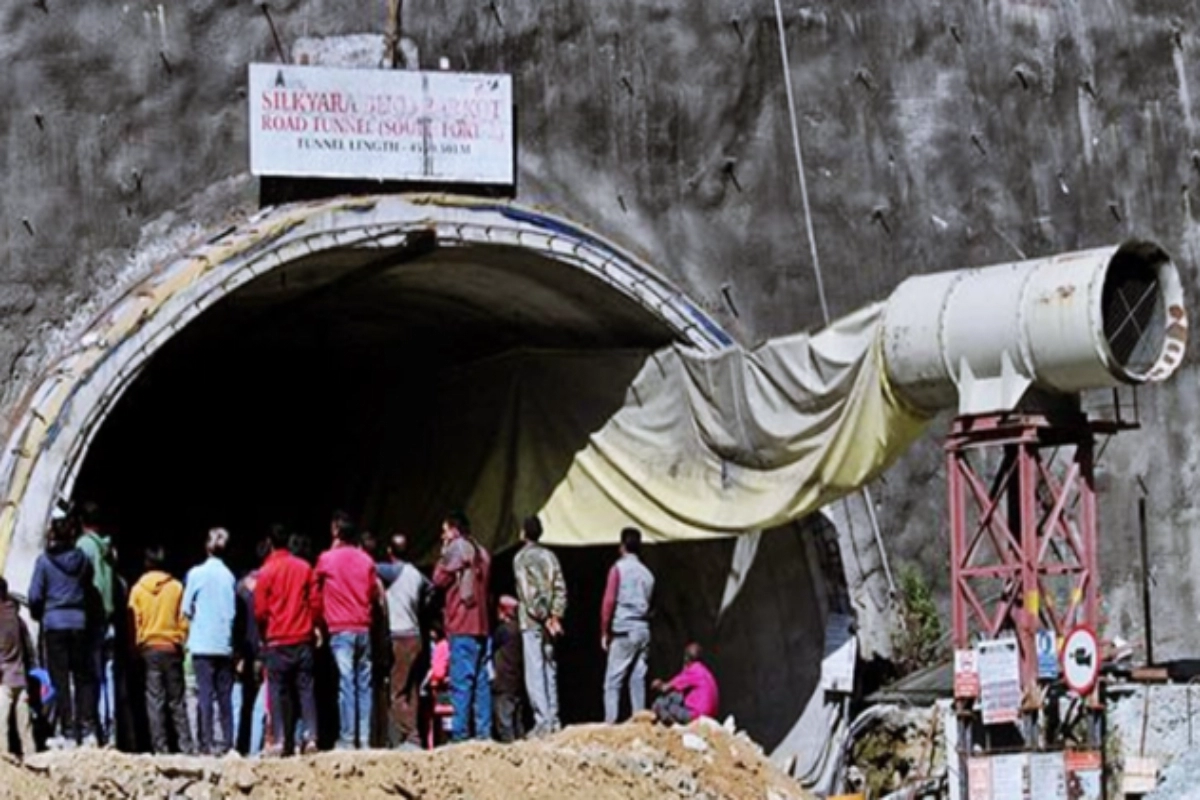Uttarkashi Tunnel Collapse: On Tuesday morning, the first images of the trapped labourers inside the collapsed Silkyara tunnel in Uttarkashi, Uttarakhand, emerged. Larger supplies of food and real-time images of the 41 workers who had been trapped inside the collapsed tunnel for eight days were made possible on Monday when rescuers managed to push a six-inch-wide pipeline through the debris.
Innovative Technology at Play
An endoscopic camera inserted through the substitute 6-inch food pipeline was used to record the images. The internal topography of the tunnel and the number of workers who are stuck are both being determined by the camera. The workers can be seen in the video conversing with one another and accepting food that is sent to them through the pipeline while donning yellow and white helmets.
Monitoring Workers Through Pipeline Cameras
Anshu Manish Khalkho, the director of National Highways and Infrastructure Development Corporation Limited (NHIDCL), had previously stated that cameras would be installed through the pipeline to monitor the workers’ performance. In an attempt to rescue the workers who have been stranded inside the Uttarkashi tunnel for the past ten days or more than 240 hours, rescue officials are probably going to start vertical drilling on Tuesday afternoon. It is anticipated that vertical drilling will start from Silkyara end at 2:00 pm.
Challenges in Surveying Tunnel Debris
Two attempts at a drone survey were made at the tunnel site in order to examine the space between the debris and the tunnel’s crown. However, an obstruction prevented it from travelling farther than 28 metres over the debris, and one drone was damaged. Concurrently, work has begun on constructing a protective canopy for the pipe drilling machine. Using an auger machine, the pipe was pushed simultaneously, starting early on Tuesday.
Debris Blocks DRDO’s Ascent
Debris prevented a robot from the Defence Research and Development Organisation (DRDO) from ascending the tunnel’s slope. Nine box segments have been installed, and early in the morning, more box culvert placement got underway. To create a unique diet plan that would meet their nutritional needs, they conferred with medical professionals. The workers were provided with khichdi and fruits, such as oranges, bananas, apples, and ‘dalia’ (broken wheat), through the pipeline during these crucial periods. After being placed in plastic bottles, the khichdi was poured down the pipe.
Keep watching our YouTube Channel ‘DNP INDIA’. Also, please subscribe and follow us on FACEBOOK, INSTAGRAM, and TWITTER.











